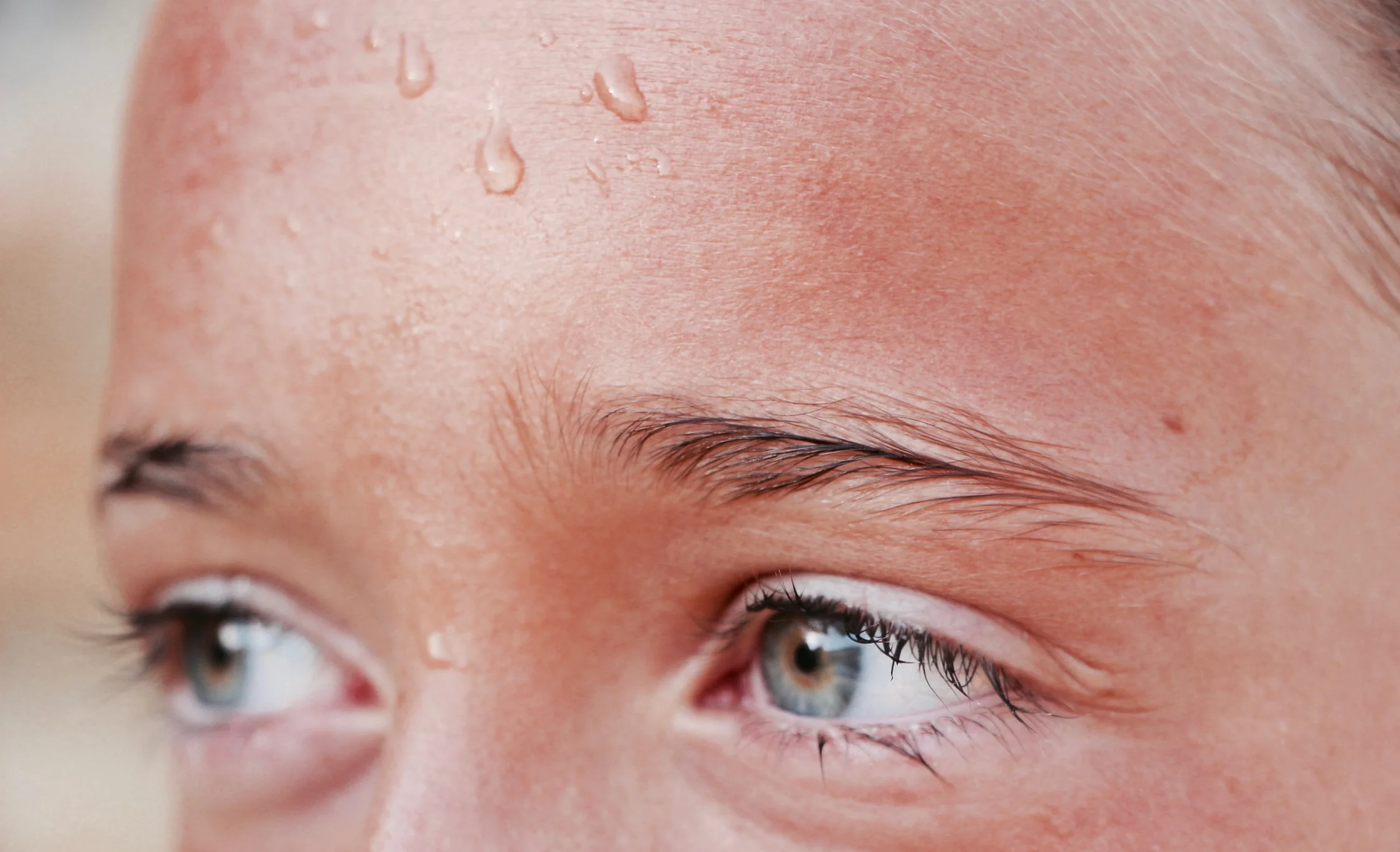be climate ready
What Is Extreme Weather?
Photo by Dan Ross. The storm pictured is known as a high precipitation (HP) supercell, and was photographed near the Colorado-Kansas border in May of 2017
Extreme weather phenomena are weather events outside of the usual weather pattern - they can be severe, unseasonal, unusual, or unpredictable. Examples include heat waves, hurricanes, tornados, and blizzards. These events can be dangerous and disrupt our daily lives.
Types of Extreme Weather
Heat Waves
Polar Vortexes
Bombogenesis
Thunderstorms
Heat Waves
What are heat waves?
When temperatures are greater than an area’s historical average for two or more days, then that place is said to be experiencing a heat wave.
Visualization of heat and humidity Friday. (Earth.nullschool.net)
How do they happen?
Heat waves can happen when air gets trapped in one place rather than cycling around as it usually does. The heat and humidity during a heat wave can be uncomfortable and dangerous.
The areas in purple will be under an Excessive Heat Warning. NWS
In 2019 an excessive heat wave delineated across affected counties.
When an Excessive Heat Warning is issued, the National Weather Service says that if precautions are not taken, people can be at risk of heat stress or heat stroke, which can cause people to become ill or die.
Heat dome (high pressure system) that resulted in the severe summer 2019 heat wave experienced in central and eastern US. Source
Widespread, dangerous heat wave to expand across much of the U.S.
In the summer of 2019, a heat wave impacted the central and eastern United States. The jet stream moved northward bringing more hot tropical air from the Gulf of Mexico and the tropical Atlantic to the eastern half of the United States. The hot air was trapped by high pressure circulating air that forced the hot air downwards in what is called a heat dome, preventing it from rising and moving on. This extreme weather event brought higher than usual temperatures to several states across the central and eastern US, ranging from Kansas to New England in mid-July 2019. The high temps were made worse by the abnormally high level of humidity.
Polar Vortexes
What is a polar vortex?
A Polar Vortex is a large area of low pressure and cold air. Typically found at the north and south poles, a polar vortex moves wind in a counterclockwise direction and is bounded by the polar jet streams.
Polar vortexes are migrating south
Sometimes, when the vortex is weaker, it can migrate south, bringing arctic air with it. This happened in January of 2019 when the polar vortex descended upon middle and eastern North America, bringing negative 45 degree (Fahrenheit) temperatures to Chicago.
Bombogenesis
Fourteen of 20 hurricane-force wind events underwent bombogenesis in the North Atlantic during the first two months of 2014. This unusual activity can be seen in wind speed data from the period. In this image, blues indicate areas with wind speeds that are faster than the 30-year historical average (1981-2010).
What is a bombogenesis?
Bombogenes is the process by which a weather system strengthens quickly, with the central pressure dropping at least 24 millibars over 24 hours.
What are the side effects of a bombogenesis?
These mid-latitude cyclones, sometimes referred to as bomb cyclones, can cause high winds, intense precipitation, and blizzard conditions.
Winter Storm Grayson
JANUARY 2018 - A change in the jetstream in Alaska brought down freezing air from Hudson Bay to the Eastern United States. Meanwhile the Gulf stream carried up warm air. The large temperature difference between the warm air coming from the atlantic and the cold air from the land lead to a large and quick drop of atmospheric air pressure, creating a bomb cyclone, a storm that spins counterclockwise. This formed so close to land, it lead to near record breaking storm surges.
GOES-16 satellite image of Winter Storm Riley, taken at 11:30 am EST Saturday, March 3. The huge storm covered most of the Northwest Atlantic, and was bringing near-record storm tides to Eastern Massachusetts. Image credit: NOAA
Winter Storm Riley
MARCH 2018 - The second bomb cyclone to hit New England in 2018 brining near record high tides to Massachusetts, second only to Winter Storm Grayson and the blizzard of ‘78, and similarly causing extensive damage and coastal erosion. Riley started in the midwest and underwent bombogenesis off the coast of New England.
Thunderstorms
What are thunderstorms?
Thunderstorms form when there is moisture and unstable air. When that warm, moist unstable air is disturbed, it rises. The water vapor cools while rising (releasing heat), condenses and forms a cloud. When the cloud becomes too heavy with water droplets, it starts to rain. With the rain cool dry air flows downward creating a cycling of cool air going down and warm air rising within the cloud (convection), and builds up the electric charge, which allows lightning to form- the discharge of this electric build up forms lightning. Thunder is the sound from lightning as the electric charge quickly heats the air around it and expands rapidly.
When do thunderstorms occur?
Thunderstorms are mostly likely in the spring and summer months, during the afternoon and evening

















